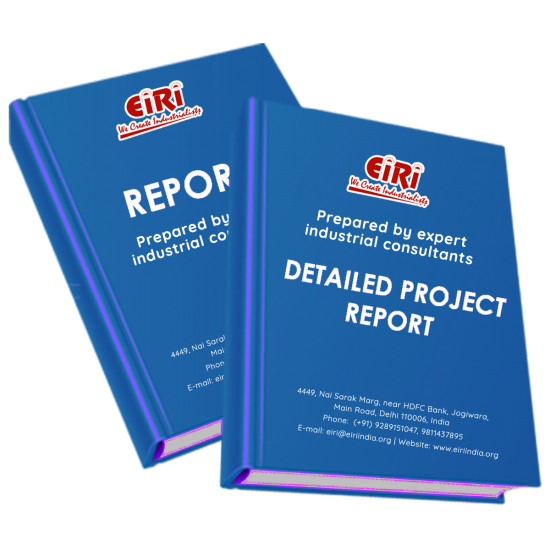SULFURIC ACID
The project report includes Present Market Position and Expected Future Demand, Market Size, Statistics, Trends, SWOT Analysis and Forecasts. Report provides a comprehensive analysis from industry covering detailed reporting and evaluates the position of the industry by providing insights to the SWOT analysis of the industry.
We can prepare PROJECT REPORT as per your INVESTMENT PLAN for BANK LOAN REQUIREMENT and INDUSTRY ANALYSIS. All reports are prepared by highly qualified consultants and verified by a panel of experts.
Have Query? Click Here to Chat
Industry Expert is Online, Chat with him for more detail.

Sulfuric Acid, sulfuric also spelled Sulphuric (H2SO4), also called oil of vitriol, or hydrogen sulfate, dense, colourless, oily, corrosive liquid is one of the most commercially important of all chemicals. Sulfuric acid is prepared industrially by the reaction of water with sulfur trioxide, which in turn is made by chemical combination of sulfur dioxide and oxygen either by the contact process or the chamber process. In various concentrations the acid is used in the manufacture of fertilizers, pigments, dyes, drugs, explosives, detergents, and inorganic salts and acids, as well as in petroleum refining and metallurgical processes. In one of its most familiar applications, sulfuric acid serves as the electrolyte in lead–acid storage batteries. The term fuming sulfuric acid, or oleum, is applied to solutions of sulfur trioxide in 100 percent sulfuric acid; these solutions, commonly containing 20, 40, or 65 percent sulfur trioxide, are used for the preparation of organic chemicals.
Sulphuric acid forms the basis of so many of the most important heavy chemical used by the industries that it may well be regarded as the foundation on which the main structure of the heavy chemical industries . It is hard to find any branch of economy in which either sulphuric acid or products made from it are not used. It is universally acknowledged that the extent of manufactures of H2SO4 is a sure index of the state of the industrial life of a country. It would be rather appropriate to say that country’s economy depends upon the consumption of the sulphuric acid.
There is hardly any important industry which is not directly or indirectly dependent to some extent on sulphuric acid, one of its derivatives or it salts. The amount consumption and production of sulphuric acid in the country is proportional to the economic growth of the country. This industry takes the target there of industrial market. It is obvious that although fertilizer and chemical take up the targets proportion of the acid produced and reset to this stands Rayon and steel industry.
Sulphuric acid a strong acid, is an oily, viscous water white nonvolatile liquid. It absorbs water from the atmosphere. It is made in large volume by the chemical industry. The acid has a corrosive action on the skin; a drop of it on the skin causes a severe burn. The acid is used as a solvent, a dehydrating agent, a reagent in chemical reactions or processes as catalyst, an absorbent etc. The concentrated acid is usually stored in steel tanks. It is a versatile, useful acid has been called the work horse of chemical industry.
Sulphuric Acid market stood at 14.15 Million Tons in FY2021 and is forecast to reach 24.40 Million Tons by FY2030, growing at a healthy CAGR of 6.24% until FY2030.
It is intended to prepare a Feasibility Report to install 6000 Tons/Year Sulfuric (Sulphuric Acid) production facility as a Green Field Project.



